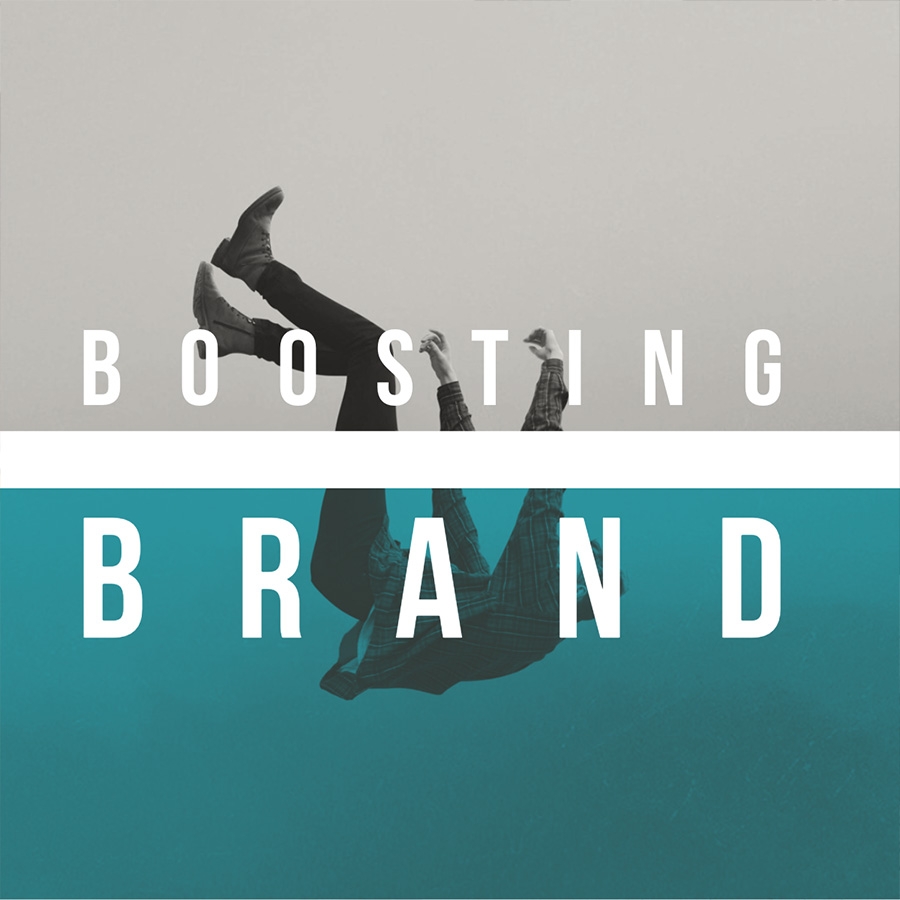Discover how implementing uniforms can enhance your business's brand image and boost productivity.
How Uniforms Benefit Business: Boosting Brand Image and Productivity
In today's competitive marketplace, businesses are constantly seeking ways to enhance their brand image and improve employee productivity. One effective yet often overlooked strategy is the implementation of uniforms. This article explores the various benefits of uniforms for businesses, from defining corporate identity to enhancing brand image and productivity.
Understanding the Importance of Uniforms in Business
Uniforms play a crucial role in defining a company's corporate identity. They not only serve as a visual representation of the business but also contribute to the overall culture of the organization. When employees wear uniforms, they become part of something larger than themselves, reinforcing the company’s values and mission.
Defining Corporate Identity through Uniforms
Uniforms help in creating a distinct corporate identity, making employees easily recognizable to customers. This can be particularly important in service-oriented sectors, such as hospitality and retail, where first impressions are vital. When customers see employees in uniforms, it connotes professionalism and reliability, reinforcing trust in the brand. Furthermore, uniforms can also serve as a marketing tool; they can be designed to reflect the brand’s color palette and logo, creating a cohesive visual experience for customers. This not only enhances brand recognition but also aids in creating a memorable customer experience, encouraging repeat business.
The Psychological Impact of Uniforms on Employees
Wearing uniforms can significantly affect employee morale and productivity. A well-designed uniform can instill a sense of pride in employees and foster a feeling of belonging to the organization. This psychological boost can lead to greater teamwork and cooperation, assisting in better overall performance. Additionally, uniforms can reduce the pressure of daily clothing choices, allowing employees to focus more on their work rather than their appearance. This can be particularly beneficial in fast-paced environments where time is of the essence. Moreover, uniforms can also help in leveling the playing field among employees, minimizing socioeconomic differences and promoting inclusivity within the workplace, which can further enhance team dynamics and collaboration.
Enhancing Brand Image with Uniforms
Uniforms serve as a powerful marketing tool for businesses. They not only present a professional image but also communicate the brand's values and ethos. Effective use of uniforms can elevate a brand's visibility and strengthen its image in the marketplace. In addition to their aesthetic appeal, uniforms can also foster a sense of belonging and team spirit among employees, which can translate into improved morale and productivity. When employees feel like they are part of a cohesive unit, they are more likely to embody the company's mission and values in their interactions with customers.
Uniforms as a Marketing Tool
A uniform can function as a walking advertisement for the brand. When employees wear uniforms emblazoned with the company logo and colors, they serve as brand ambassadors, promoting the business wherever they go. This exposure can help attract new customers and reinforce loyalty among existing ones. Furthermore, uniforms can be strategically designed to reflect seasonal promotions or special events, allowing businesses to adapt their branding dynamically and keep the public engaged. By incorporating unique design elements or limited-edition uniforms, companies can create buzz and excitement around their brand, further enhancing visibility in a competitive market.
Creating a Cohesive Brand Image
A cohesive brand image is essential for gaining and retaining market share. Uniforms create a unified look among employees, ensuring consistency in brand representation. This cohesion strengthens brand recognition, making it easier for consumers to identify and connect with the business. Moreover, uniforms can be tailored to reflect the specific culture and values of the organization, whether it be through the choice of fabric, style, or color palette. For instance, a tech company might opt for sleek, modern designs that convey innovation, while a hospitality business may choose warm, inviting colors to enhance customer comfort. By aligning uniform design with brand identity, companies can create a memorable impression that resonates with their target audience and reinforces their market position.
The Role of Uniforms in Increasing Productivity
Uniforms not only enhance brand image but can also play a crucial role in boosting productivity levels. There is a notable connection between employee appearance and their performance at work. When employees feel comfortable and professional, they are more likely to perform their tasks efficiently.
Uniforms and Professionalism: A Direct Link
Wearing a uniform can enhance the perception of professionalism. Employees in uniforms are generally regarded as more competent and dedicated. This can elevate the service level and customer interactions, positively impacting the overall performance metrics of the business. Furthermore, uniforms can foster a sense of belonging and unity among team members, which can be particularly beneficial in fostering collaboration and teamwork. When everyone is dressed similarly, it can diminish social barriers and encourage open communication, leading to a more cohesive work environment.
How Uniforms Contribute to a Productive Work Environment
A well-structured uniform policy can contribute to a more focused and productive work environment. Uniforms eliminate the distractions associated with casual dress codes and allow employees to concentrate on their responsibilities. Additionally, having a designated outfit simplifies daily decisions, minimizing morning stress and improving time management. This can be especially important in fast-paced industries where time is of the essence. Moreover, uniforms can also enhance safety in the workplace, particularly in environments such as manufacturing or healthcare, where specific attire is required to protect employees from hazards. By ensuring that all employees are wearing the appropriate gear, companies can reduce the risk of accidents and injuries, further contributing to overall productivity and morale.
Implementing a Uniform Policy in Your Business
Introducing a uniform policy within a business may require careful planning and consideration. It's important to address various elements that contribute to the successful implementation of such a policy.
Key Considerations When Designing a Uniform
When designing uniforms, businesses must focus on several aspects, including comfort, functionality, and brand representation. The choice of materials is crucial as uniforms should withstand daily wear while remaining practical for employees. Additionally, alignment with the company's brand colors and logo will help reinforce corporate identity. Furthermore, it’s beneficial to consider the climate and working conditions of the employees. For instance, breathable fabrics may be more suitable for outdoor roles in warmer climates, while layered options might be necessary for cooler environments. This attention to detail not only enhances employee comfort but also boosts morale and productivity.
Overcoming Employee Resistance to Uniforms
Resistance from employees can be a significant hurdle in implementing a uniform policy. To overcome this challenge, it is essential to involve employees in the decision-making process. Gathering feedback and providing options can foster a sense of ownership, making employees more likely to embrace the uniform policy. Additionally, introducing a trial period where employees can wear the proposed uniforms can be an effective strategy. This allows them to experience the uniforms firsthand and provide constructive feedback, which can be invaluable in making any necessary adjustments before the full rollout. Celebrating the launch of the uniform policy with an event or incentive can also help create excitement and a positive association with the new attire.
Measuring the Impact of Uniforms on Business Performance
Once a uniform policy is implemented, it is essential to measure its impact on business performance. This assessment helps determine the effectiveness of the uniforms in enhancing employee morale and customer perceptions. A well-structured evaluation process can reveal insights not only about the immediate effects of uniforms but also about long-term trends that may emerge over time as the culture of the organization evolves.
Assessing the Effect of Uniforms on Employee Morale
Regular surveys and feedback sessions can help gauge employee morale and overall satisfaction with the uniforms. High morale can lead to increased engagement and productivity, thus benefiting the organization as a whole. Additionally, uniforms can foster a sense of belonging and unity among employees, creating a shared identity that can enhance teamwork and collaboration. Organizations may also consider incorporating employee input in the design and selection of uniforms, which can further boost morale and ensure that the attire is comfortable and practical for daily tasks.
Evaluating the Influence of Uniforms on Customer Perception
Customer feedback is vital in assessing the impact of uniforms on brand image. Monitoring customer satisfaction levels, alongside sales figures, can help establish a clear correlation between uniform implementation and customer perception of the brand. Furthermore, uniforms can convey professionalism and reliability, which are crucial in industries where trust is paramount. A well-designed uniform can also serve as a visual cue that enhances brand recognition, making it easier for customers to identify staff and seek assistance when needed. This visibility can significantly improve the customer experience, leading to repeat business and positive word-of-mouth referrals.
Moreover, the choice of fabric, color, and style can play a pivotal role in how both employees and customers perceive the brand. For instance, a retail store that opts for trendy, modern uniforms may attract a younger demographic, while a more traditional outfit might appeal to an older clientele. By aligning the uniform design with the brand's target audience, businesses can create a cohesive image that resonates with their customers, ultimately driving loyalty and engagement.


